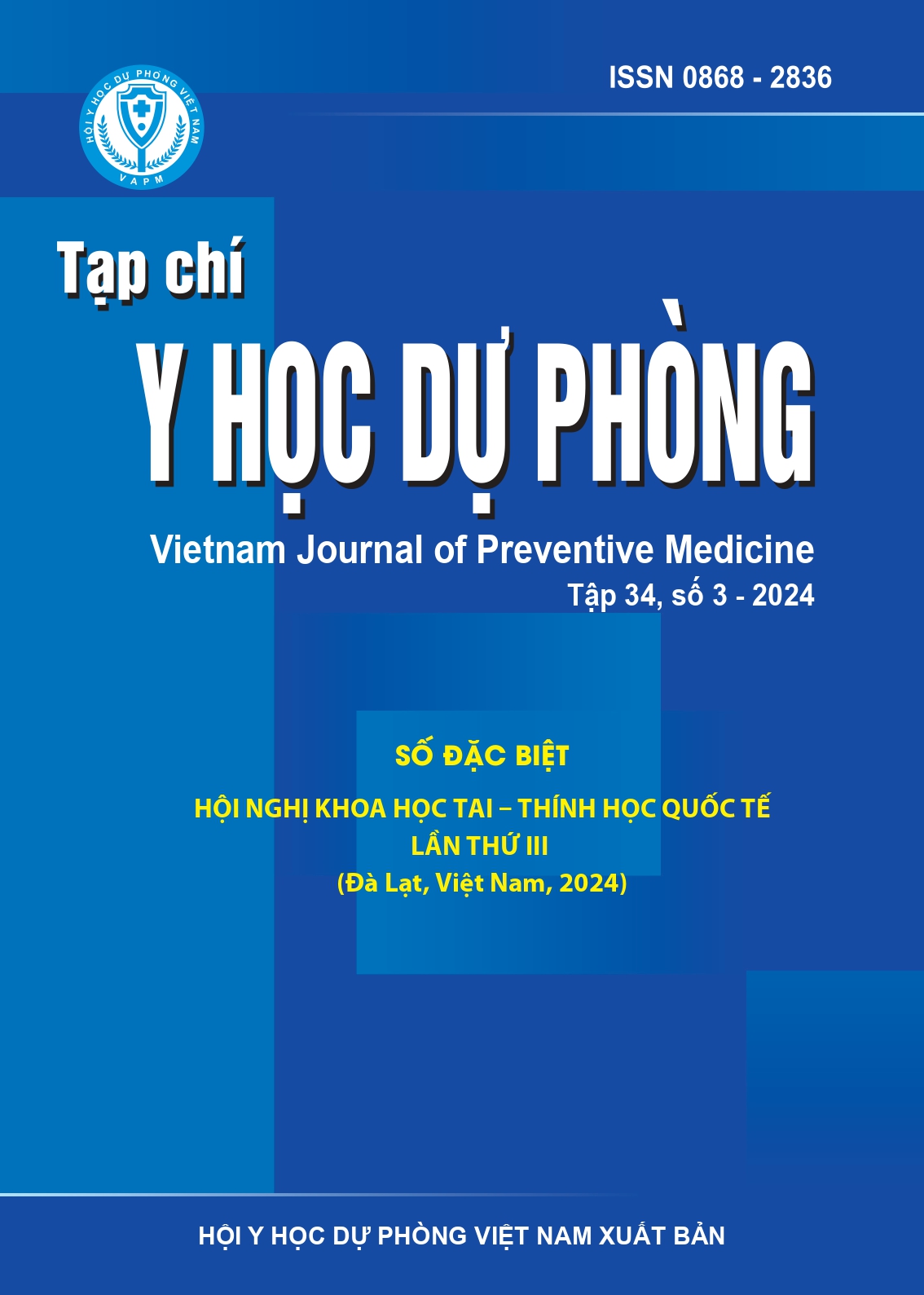An overview of characteristics and antimicrobial resistance of acute bacterial rhinosinusitis in children
DOI:
https://doi.org/10.51403/0868-2836/2024/1697Keywords:
Antibiotic resistance, acute bacterial rhinosinusitis, childrenAbstract
Acute rhinosinusitis in children is on the rise due to environmental pollution, urbanization and especially the increase in bacterial antibiotic resistance. Although there are several causes of acute rhinosinusitis, bactreial cause plays an important role. The objective of this study is to review the characteristics and antibiotic resistance of bacteria causing acute bacterial rhinosinusitis in children. Using the literature review method, searching for documents related to the characteristics of bacteria and antibiotic resistance of bacteria causing acute rhinosinusitis in children from articles and scientific research works on domestic and international databases. Results showed thatthe most common bacteria causing acute rhinosinusitis were S. pneumoniae, H. influenzae, M. catarrhalis, related to upper respiratory tract inflammation after viral infection. S. aureus can also contribute to complicated acute rhinosinusitis in children. The antibiotic resistance rates change depending on each region and country thanks to the impact of pneumococcal conjugate vaccine. Antibiotic resistance levels of S. pneumoniae, H. influenzae and MRSA tend to increase, change over time, and vary between countries. Narrative literature review aims to synthesize and discuss theories/opinions/ information/results related to the characteristics and antimicrobial resistance of acute bacterial rhinosinusitis in children.
Downloads
Downloads
Published
How to Cite
Issue
Section
License
Publication License No 150/GP-BTTTT signed on May 8, 2014;
Electronic Publication License No 322/GP-BTTTT signed on June 15, 2016.


